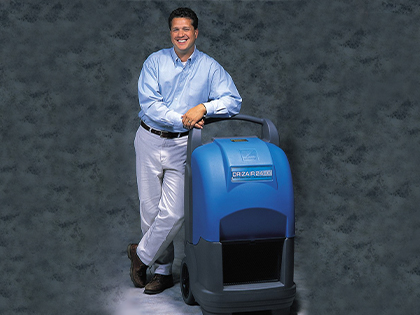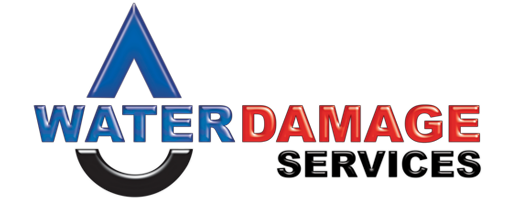
Drying Equipment And What You Need To Know
Oct 12, 2019
When a water damage occurs, there are many different types of equipment that can, and are used to dry the saturated structures. Depending on what types of materials are wet, what type of water has caused the damage and how long the water has been sitting there, will determine the types of equipment is used.
One of the main pieces of equipment used on jobs involving water damage is an extractor. The extractors used are high powered and high suction (CFM) that lift water from wet carpets and flooring. There are many different types of water extractors on the market that are used in this industry. From your large portable water extractors, to extractors that you step on to increase the pressure with the wet material, thus increasing the suction to lift the water out. This will be one of the first pieces of equipment you will see the technician using to begin the process of removing the water.
Air movers are another staple piece of equipment used. They create a high velocity air flow across wet structures. This improves air circulation and speeds up water evaporation. These air movers come in all shapes and sizes to allow for different and difficult spaces to circulate air. Depending on the size of the water damage, there can be from 2 to 50 of these on any one job.
Dehumidifiers are used to extract the moisture from the air and work in conjunction with the air movers. This is important because without these to collect the moisture from the air, mold and mildew can develop. As with air movers, there are many different types of dehumidifiers and they also come in many sizes. The size and type of water damage will determine how many of these you will find on a job site.
Air movers and dehumidifiers are the main staple of drying equipment used on jobs. There are numerous other pieces that are also needed, depending on what type of water damage has occurred, what type of materials are wet, and how long the water has been there.
Air scrubbers are routinely used in water damage losses. They do not affect the evaporation rate or humidity, but they do work to make the air safer to breath. By pulling in moist air, it is then filtered to remove any impurities. This is especially important when there is a job that contains contaminated water.
Wet walls and ceilings can require different equipment to dry them, which can also be less invasive then cutting out the drywall. The trick is getting air into the wall and ceiling cavities. One common system is to use a wall cavity drying machine that also uses injectors that push air into the wall cavity which aids in the drying process.
These are just a few of the main pieces of equipment used, but are by no means all of them. One important aspect to remember, if you have a water damage and this equipment is in your home or business, leave it on. Although the temptation may be there to turn the equipment off for convenience, it will only slow the drying process down resulting in the equipment remaining on the job longer.
